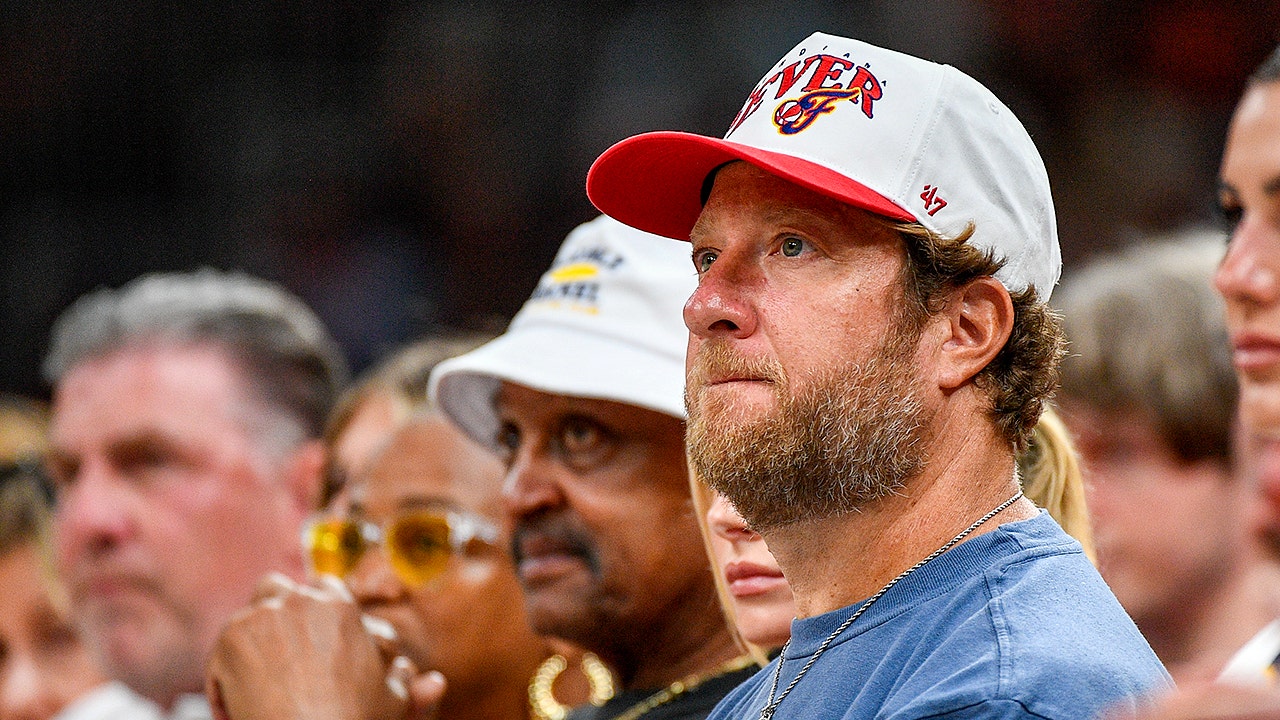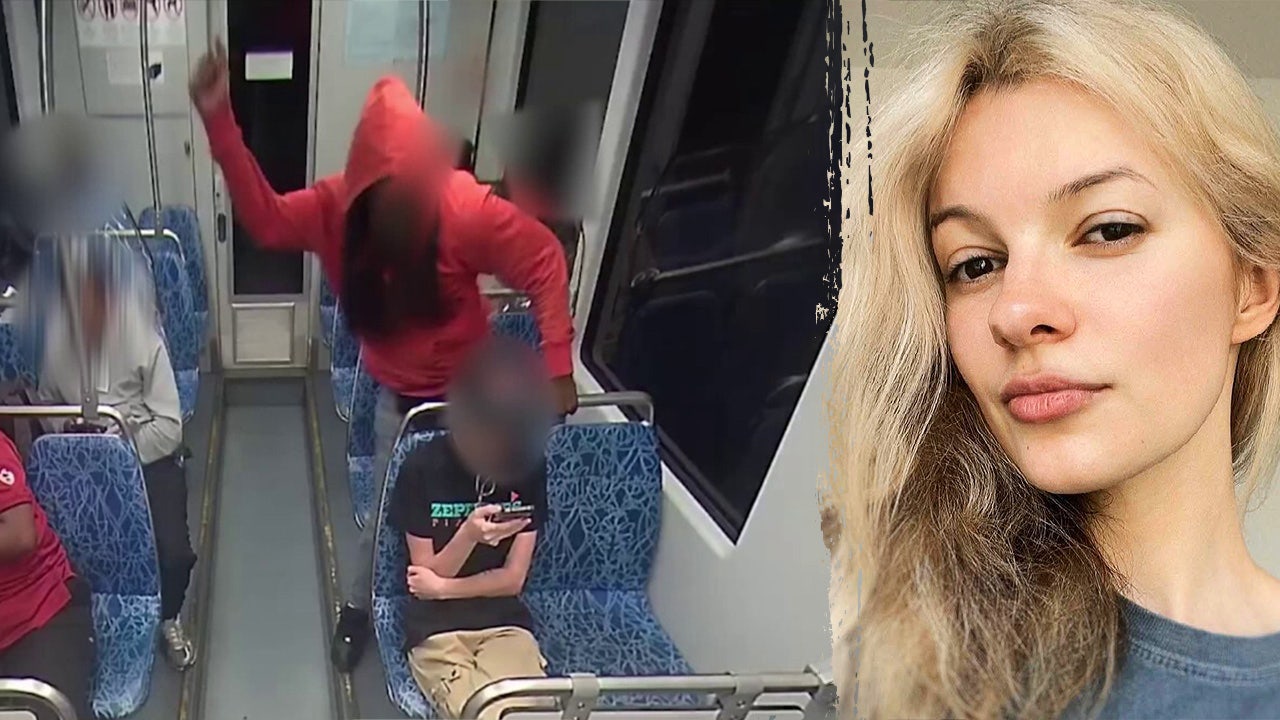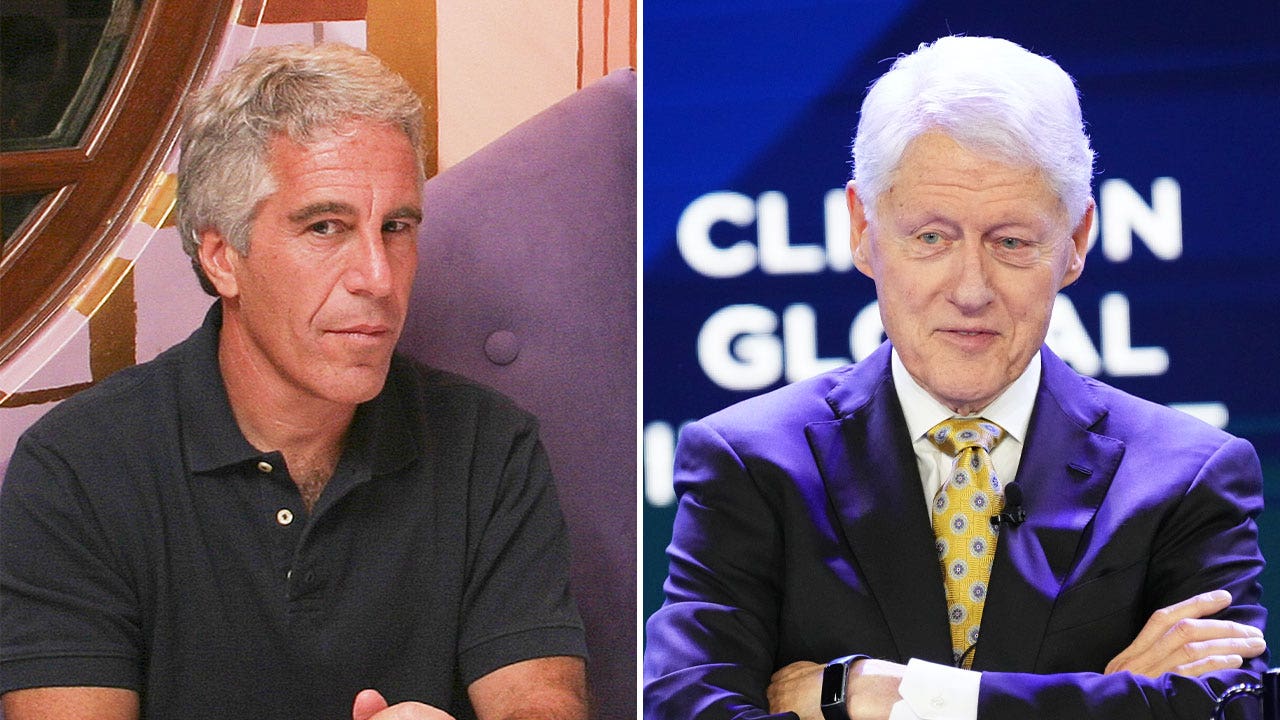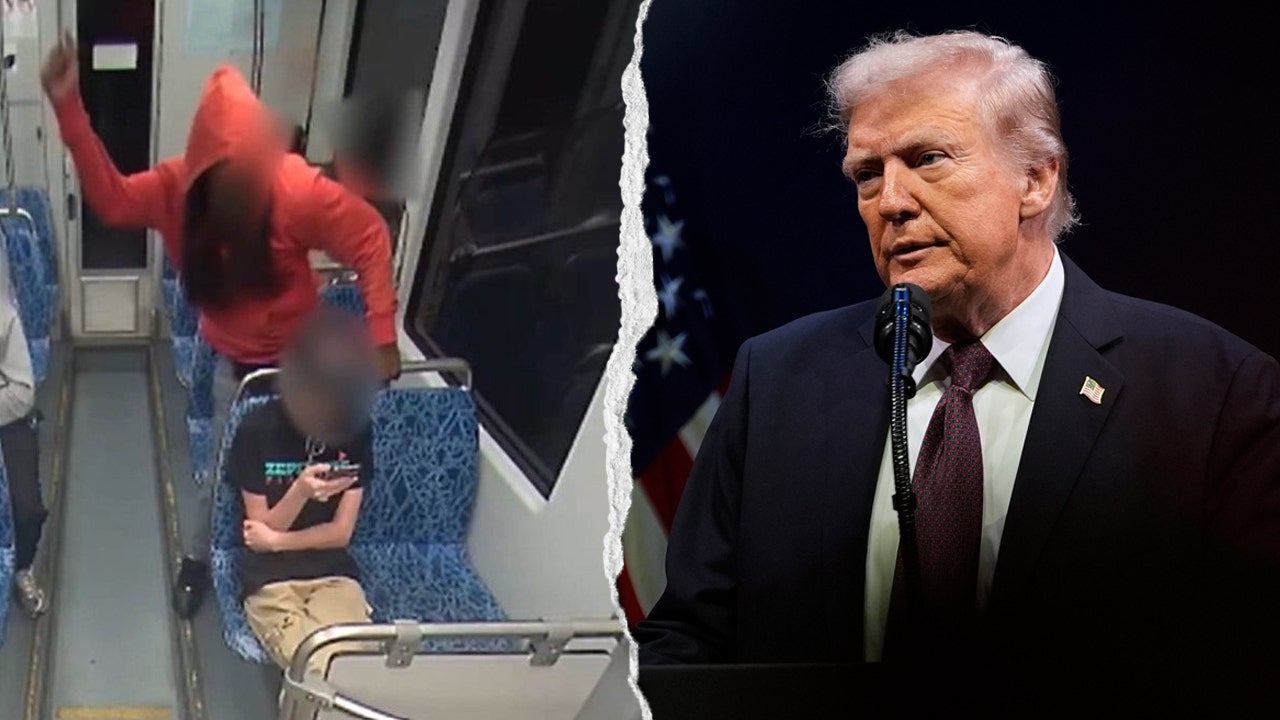Trump’s $9.4 billion spending cuts package advances toward House vote
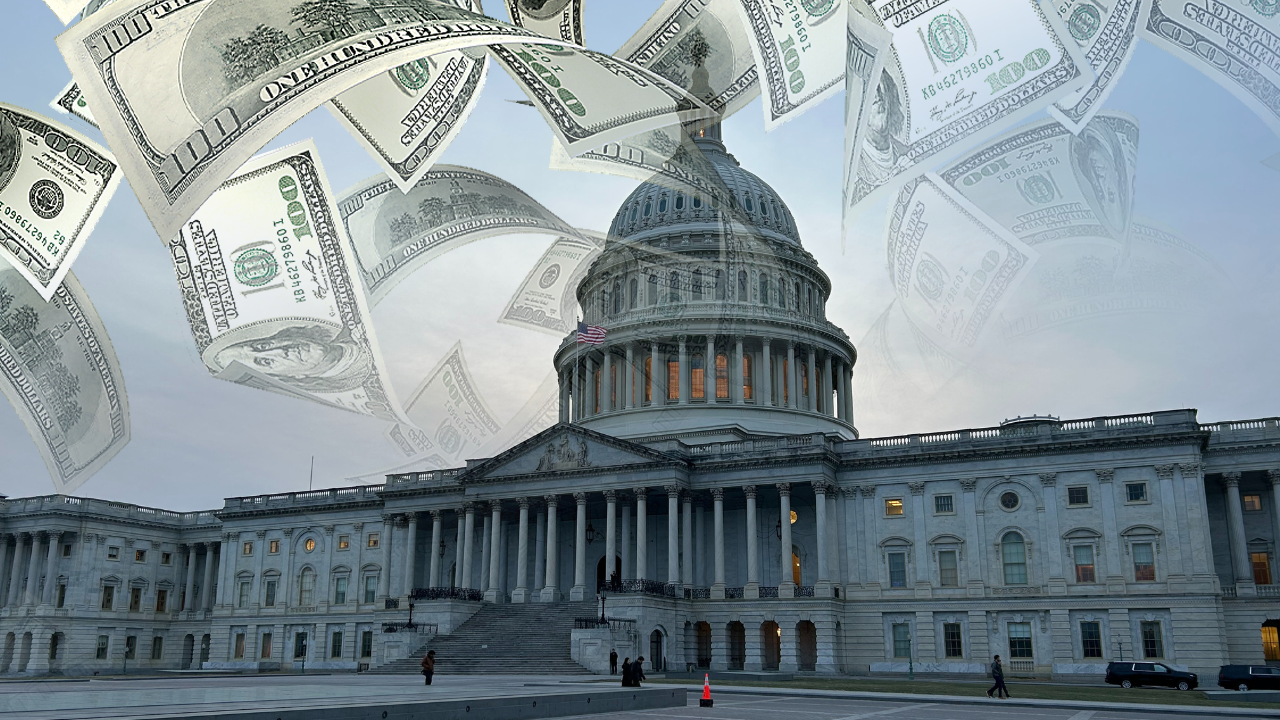
President Donald Trump’s $9.4 billion spending cuts package has successfully passed a key hurdle, paving the way for a final House-wide vote later this week. The proposal, introduced as legislation by House Majority Leader Steve Scalise, aims to cut $8.3 billion from the U.S. Agency for International Development (USAID) and just over $1 billion from the Corporation for Public Broadcasting, which distributes federal funding to NPR and PBS.
The House of Representatives conducted a procedural motion known as a “rule vote,” which passed mostly along party lines. This vote now allows for debate on the $9.4 billion spending cut measure, followed by the final House-wide vote.
It is common for House leaders to include unrelated measures in rule votes, as seen in the case of the spending cuts package. House GOP leaders added a provision with minor changes to Trump’s “one big, beautiful bill” to account for the Senate needing to amend the bill. This larger piece of legislation, a comprehensive tax and immigration bill, is currently moving through the budget reconciliation process.
The recent changes made to the bill by House GOP leaders were aimed at better adhering to the Senate’s “Byrd Bath,” where the Senate parliamentarian reviews the bill to ensure it complies with reconciliation guidelines. While reconciliation deals with mandatory spending processes that are difficult to amend, the $9.4 billion spending cuts package focuses on discretionary spending that Congress controls annually.
Known as a “rescissions package,” this formal proposal by the White House aims to claw back federal funds already allocated for the current fiscal year. Similar to reconciliation, this mechanism allows for a 51-vote majority in the Senate rather than the usual 60 votes. Congress has 45 days to consider the package, or it is deemed rejected.
Republican leaders view this rescissions package as the first step in addressing government waste identified by Elon Musk’s Department of Government Efficiency (DOGE). They also see it as a test to gauge what kind of cuts congressional Republicans are willing to support.
While the rule vote was expected to pass, the bill may face challenges ahead of the Thursday afternoon vote. Some lawmakers have expressed concerns about the impact of the cuts, with Rep. Mark Amodei highlighting the importance of media funding and Rep. Don Bacon seeking assurances that critical medical funding will be preserved.
Overall, the $9.4 billion spending cuts package represents a significant step in the ongoing budget discussions in Congress. As lawmakers continue to debate and negotiate, the final outcome of this legislation will have far-reaching implications for federal spending and government programs.

